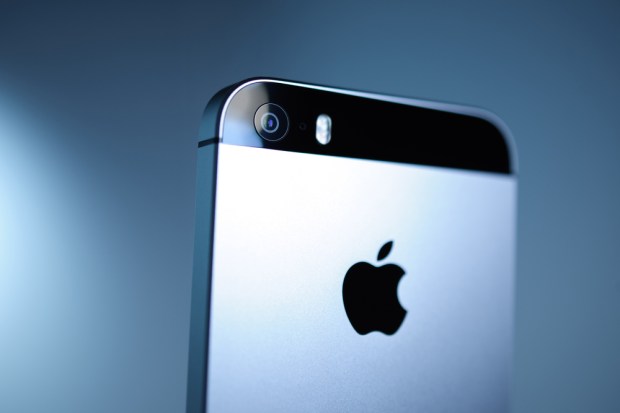Apple’s Slide Trickles Down to Its Suppliers

Ecosystems mean all parts are interrelated. In the Apple ecosystem, where Apple is the center, connecting any number of spokes — as Apple goes, so go its suppliers.
Consider news that came Monday (November 12), where Lumentum, a facial-recognition tech supplier, cut guidance on a large, unnamed customer trimming orders — that’s Apple — of course and lost more than $1 billion in market as the company’s stock skidded 30 percent on the day.
Apple was down on the day as much as 4.5 percent, erasing roughly $45 billion on the day (that storied $1 trillion market cap seems a bit long ago and far away).
Chipmaker Infineon, also an Apple supplier, cut guidance on softer demand, and skidded 8.4 percent, having guided to a softer than expected 2019, where growth is now, per management, expected to be 9 percent versus a previous estimate of 10 percent. The culprit here, according to senior executives on the Infineon earnings call, is “an international economic slowdown.”
International slowdowns and tech giant hardware slowdowns can have a chilling effect on revenue guidance. Want some other numbers? Cirrus Logic was off 11 percent on the day, Micron down nearly 5 percent and Jabil Circuit off roughly 4 percent.
This is only a partial list, of course, and Apple has a huge number of suppliers. To go through each one and the vagaries of stock market performance would be a numbing way to drive the same point home again and again … namely that when Apple sneezes or gets a hiccup, the supply chain catches cold or gets discombobulated, to say the least.
The Supply Chain
At issue here, of course, is the fact that at least for now iPhone demand is slipping. Research has shown that customers are waiting longer to upgrade their phones, which of course points to a longer wait time for Apple to realize top and bottom line impact from new phones. It’s been well-documented that Apple wants to get more torque from its services business, giving it at least some insulation from phone cycles.
But in the world of hardware, it’s the suppliers who get slammed when the guts of that hardware are suddenly no longer needed in previously-anticipated quantities.
It’s a sentiment evidenced by the outsized stock price plummets that have marked recent days of trading — double-digit percentages for the suppliers and mid-single digits for Apple — most notably and most recently Monday’s.
The ecosystem is international. In addition to the aforementioned suppliers based in Asia, in Europe, Ams, based in Austria, was off 22 percent.
Beyond the ecosystem’s tight connection, there’s a pricing and strategy issue that also leaves Apple suppliers vulnerable. The high-grade components, such as those used in biometrics, are used in the phones that can cost $1,000. Again, these firms live and die on volume, while Apple can sell a phone and then cross-sell the services and apps and software that entice users to keep tapping and thumbing away at those phones. The services/app ecosystem approach has been one that has been spotlighted in these pages, where subscription models can shift sales, and make them sticky, beyond hardware volume. That focus, of course, leaves it a bit unclear how the rest of the supply chain fares.
The fact that the company can cut its orders as demand wanes leaves suppliers holding inventory, perhaps not easily sold elsewhere. Apple also is dialing back on giving granular detail on quarterly phone sales, which means that observers may not get a true picture of how demand is shaking out.
As Toni Sacconaghi, Sanford C. Bernstein analyst, wrote in a note to clients on Monday, for Apple, “longer-lasting products could lead to higher customer satisfaction, potentially enable Apple to charge higher prices for its devices, and would help fulfill the company’s environmental objectives.” Good for Apple, less so for component makers. The analyst has estimated that the replacement cycle could extend six months to 3.2 years and hit sales by 6 percent annually through three years, as cited by industryweek.com.
In the end, for some (at the moment) squeezed firms that make up the Apple ecosystem, it’s a matter of live by volume, die by volume.
